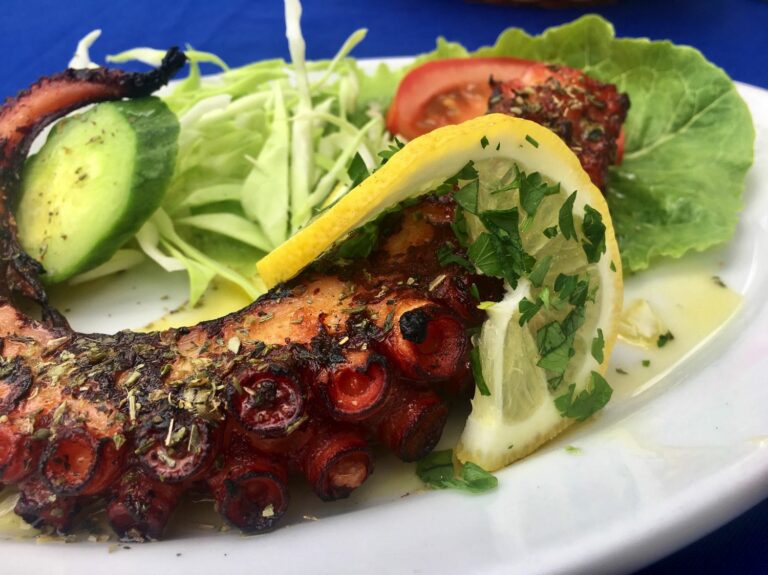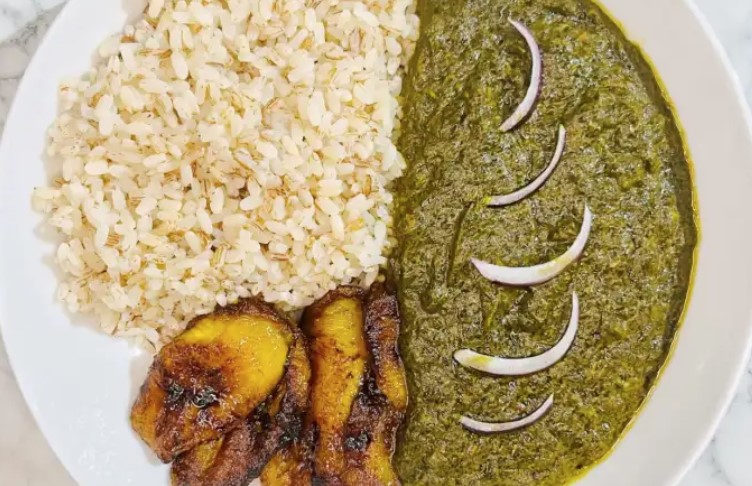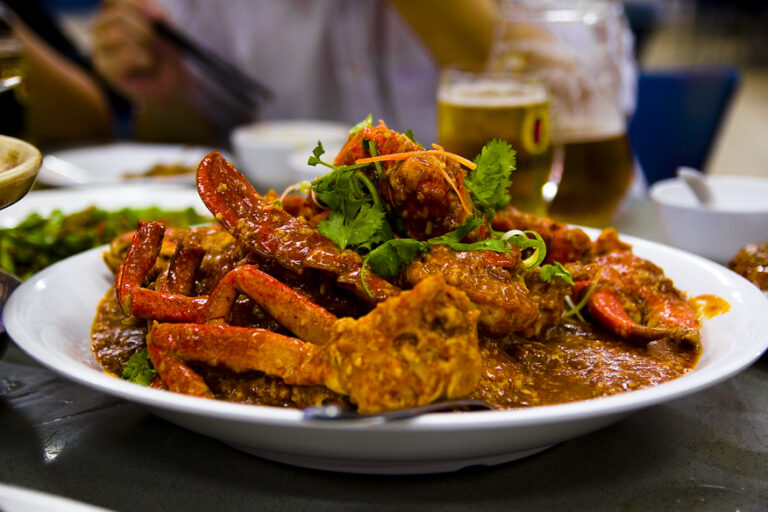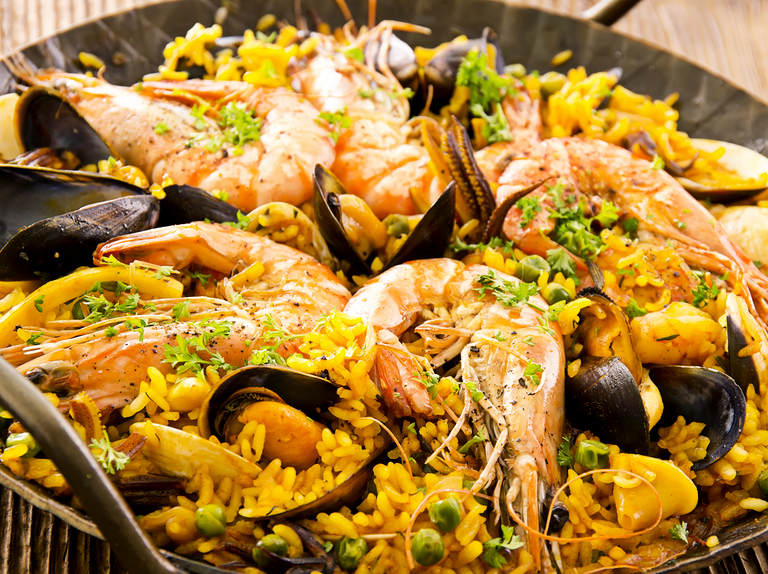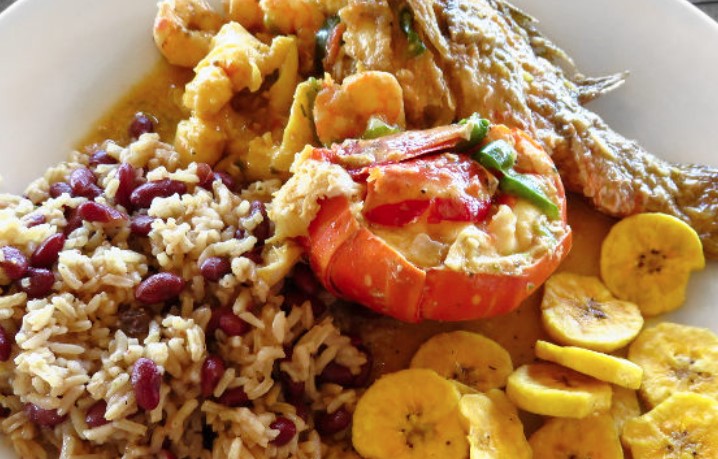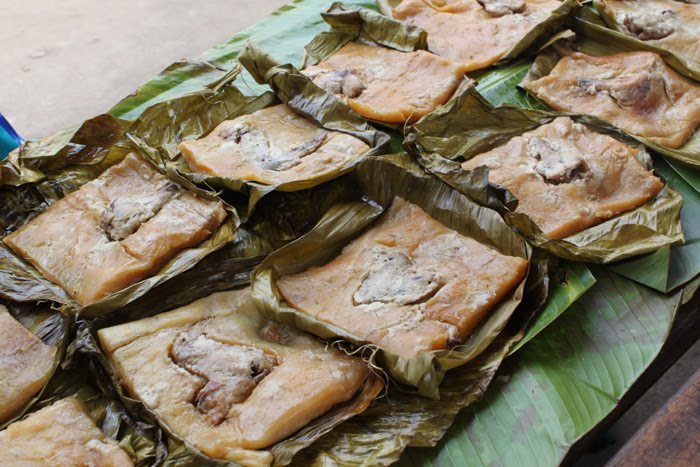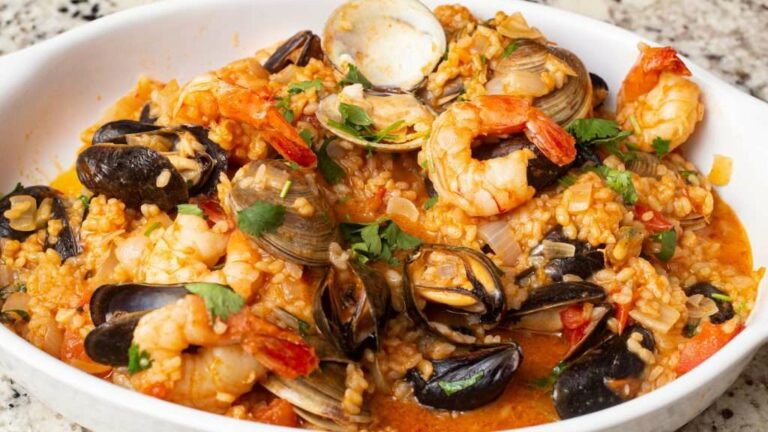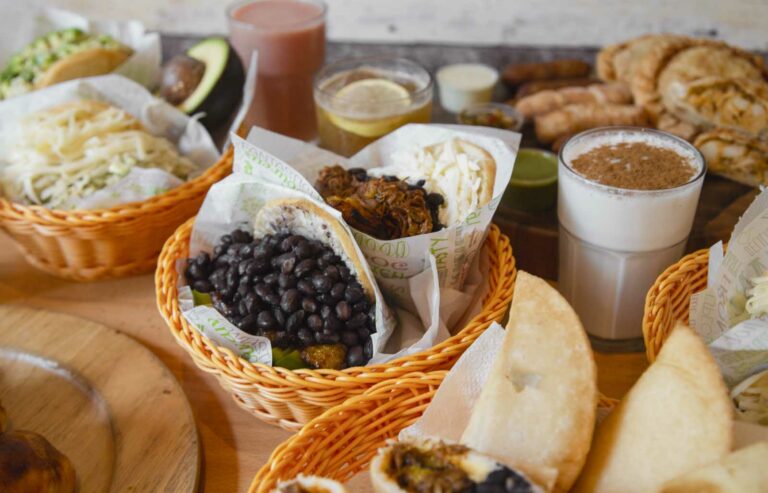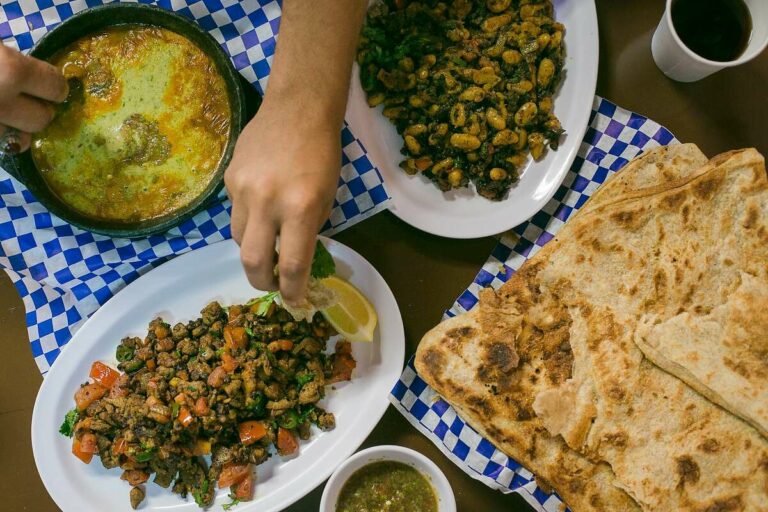Introduction: Seychellois Cuisine
Seychellois cuisine is a reflection of the island nation’s diverse cultural influences, including African, Indian, French, and Chinese. As an archipelago located in the Indian Ocean, seafood is a significant part of Seychellois cuisine. The abundance of fresh fish and shellfish has led to the development of a wide range of seafood dishes that are popular among both locals and tourists.
Seafood in Seychellois Cuisine
Seychellois cuisine offers a wide variety of seafood dishes, ranging from simple grilled fish to complex curries. The seafood is often cooked with fragrant spices and herbs, including cinnamon, ginger, lemongrass, and coriander. Additionally, coconut milk is a common ingredient in many Seychellois seafood dishes, which adds a creamy, rich flavor to the dishes.
Seychellois fishermen use traditional methods to catch seafood, such as line fishing and trolling, which maintains the ecological balance in the region. This sustainable approach to fishing ensures that the seafood used in Seychellois cuisine is of the highest quality and freshness.
Popular Seafood Dishes in Seychelles
Seychelles offers a vast array of seafood dishes, some of which have become famous worldwide. One of the most popular dishes is bouillon bréde, a seafood soup made with fish, octopus, prawns, and a variety of vegetables. Another popular dish is grilled lobster, which is often served with a garlic and herb butter sauce.
Fish Curry: A Signature Seychellois Dish
Fish curry is a popular signature dish in Seychellois cuisine. The curry is made with fish fillets that are cooked in a spicy, aromatic sauce made with onion, garlic, ginger, and a blend of traditional Seychellois spices. The curry is often served with rice or bread, and the creamy coconut milk in the sauce adds a rich, delicious flavor to the dish.
Grilled Fish: A Simple yet Delicious Dish
Grilled fish is a simple but delicious dish that is popular in Seychellos. The fish is marinated with a variety of spices and herbs, such as thyme, rosemary, and garlic, before being grilled to perfection. The dish is often served with a fresh salad or a side of vegetables, such as grilled corn or roasted sweet potatoes.
Octopus Curry: A Seafood Delight of Seychelles
Octopus curry is another popular seafood dish in Seychellois cuisine. The curry is made with tender chunks of octopus, which are cooked in a spicy curry sauce made with onion, ginger, garlic, and a blend of traditional Seychellois spices. The dish is often served with rice or bread, and the tender pieces of octopus combined with the fragrant curry sauce create a unique and delicious flavor.
In conclusion, Seychellois cuisine offers a diverse range of seafood dishes, which reflect the country’s cultural influences and sustainable fishing practices. Whether it’s the signature fish curry, grilled fish, or the delicious octopus curry, these Seychellois seafood dishes are sure to delight any seafood lover.

